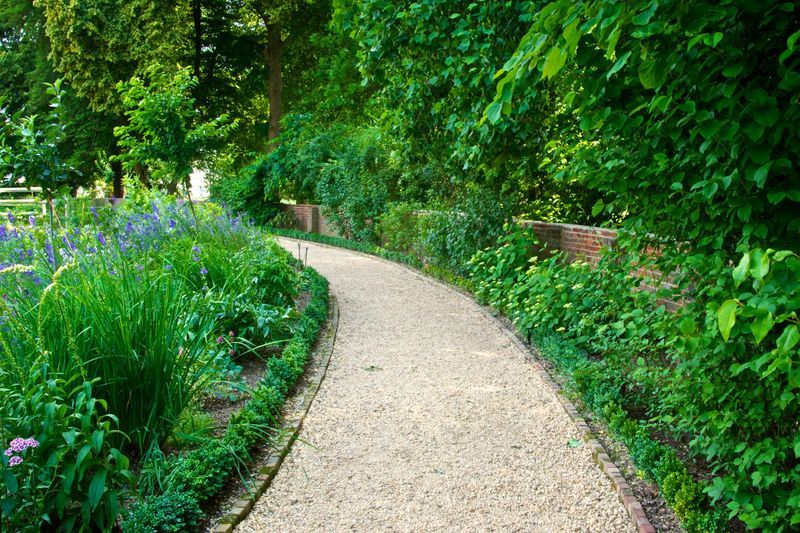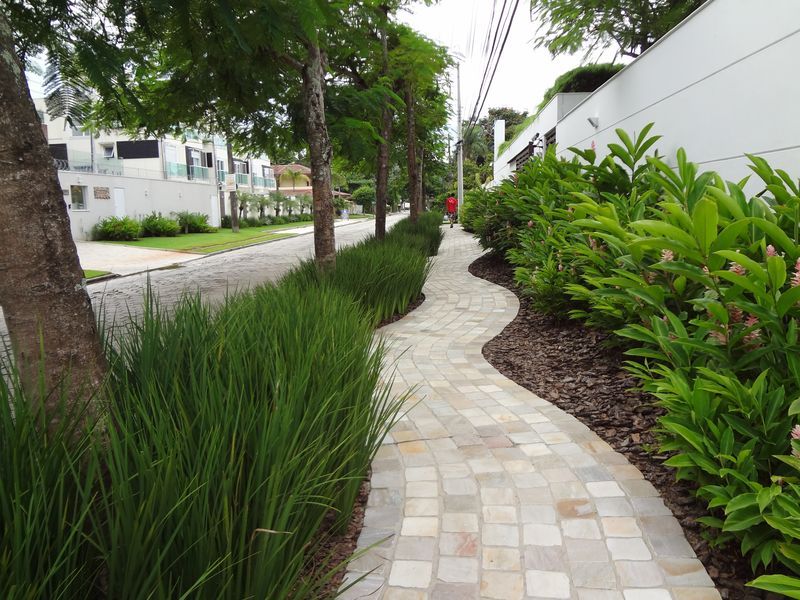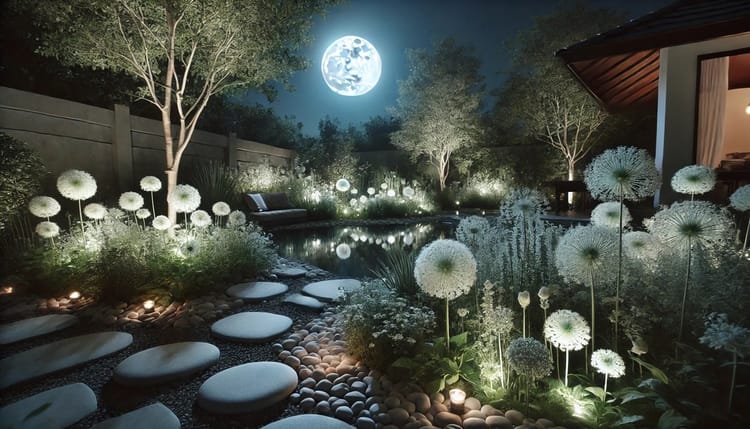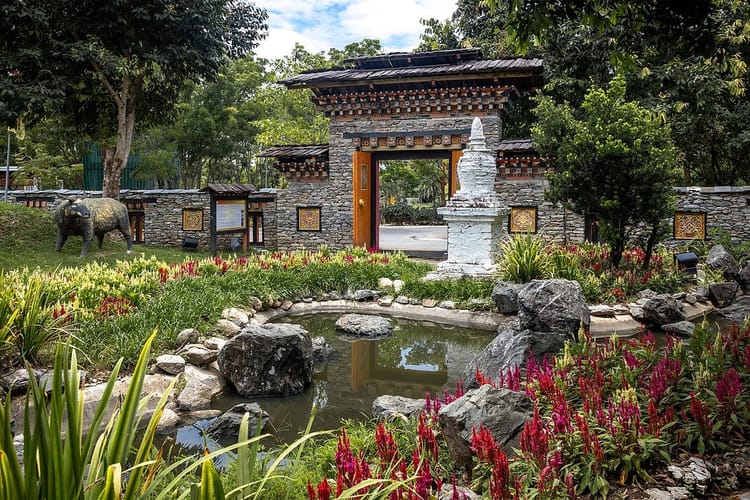The Appeal of Curvilinear Garden Design

Among the various styles and approaches to garden design, curvilinear gardens stand out as particularly enchanting and appealing. Here are the reasons why curvilinear gardens are often considered so attractive, explained by the principles and psychology behind their aesthetic appeal.
Natural Aesthetics
One of the fundamental reasons curvilinear gardens are preferred by many is their ability to mimic the beauty of the natural world. Natural landscapes often feature meandering rivers, undulating hills, and the irregular shapes of plant growth. Curvilinear garden designs borrow from these organic patterns, creating a sense of harmony and resonance with the natural environment. The gentle arcs and graceful curves of pathways and borders evoke the soothing and visually pleasing qualities found in nature, making the garden feel like an extension of the surrounding landscape.

Visual Interest and Engagement
Curvilinear gardens possess an inherent quality that makes them visually intriguing and engaging. Unlike straight, rigid lines, which can feel predictable and monotonous, curves encourage exploration and arouse curiosity. As one traverses a curvilinear garden, there is a sense of anticipation and wonder around each bend. What lies beyond the next curve? What new view or hidden treasure will be revealed? This element of surprise and discovery adds to the garden's allure, making it an inviting and delightful space to explore.

Softness and Fluidity
The softness and fluidity of curvilinear garden designs contribute significantly to their appeal. Straight lines and sharp angles, common in more formal gardens, can create a sense of rigidity and austerity. In contrast, curves introduce an element of gentleness and movement. The gentle arcs and flowing lines give the garden a sense of grace and elegance, which can evoke feelings of relaxation and serenity. The eye follows the curves and is guided through the space in a seamless, tranquil manner, creating an atmosphere conducive to peaceful contemplation and enjoyment.

Diversity of Views
Another aspect that enhances the appeal of curvilinear gardens is the diversity of views they offer. As one moves through the garden, different elements come into view at various angles and distances. This dynamic quality creates a multi-dimensional experience, with each perspective presenting a unique arrangement of colours, textures, and forms. The ever-changing views within a curvilinear garden add visual interest and grab the viewer's attention, ensuring that no two moments in the garden are the same.
Harmony with the Environment
Curvilinear garden designs often excel in harmonizing with the natural environment. Unlike gardens that impose rigid geometric structures on the landscape, curvilinear designs are more adaptable and accommodating of the land's natural contours. They can follow the natural slopes and curves of the terrain, minimizing the need for extensive earthmoving and retaining walls. This harmonious integration with the environment not only enhances the garden's aesthetic appeal but also contributes to its sustainability and ecological soundness.
Psychological Comfort
Studies in environmental psychology have shown that people tend to find curved and naturalistic shapes more comforting and less jarring than sharp angles and straight lines. The reason for this phenomenon lies in our natural preference for the familiar and the reassuring. Curved shapes are reminiscent of natural forms, which we find comforting and safe. Sharp angles and straight lines can evoke a sense of tension or unease. Spending time in a curvilinear garden can be mentally comforting and contribute to a greater sense of well-being.
Flow and Movement
Curvilinear gardens are excellent for creating a sense of flow and movement within a space. This dynamic quality is created in several ways:
- Curves themselves suggest a sense of movement, leading the eye and the body along a graceful path.
- Meandering pathways encourage a leisurely pace, inviting visitors to slow down and savor the garden's beauty.
- The rhythmic repetition of curves in plantings and hardscape elements can create a visual sense of movement, akin to the gentle sway of a flowing stream or the rustling of leaves in the wind.
This sense of flow and movement adds a dynamic dimension to the garden, making it a captivating and enjoyable environment to inhabit.
Curvilinear gardens possess a unique and enduring charm that resonates with our innate appreciation of natural beauty and harmony. Their flowing lines, softness, and visual interest make them aesthetically pleasing and psychologically comforting spaces. Their ability to integrate seamlessly with the natural environment and create a sense of flow and movement adds to their allure.
While individual design preferences may vary, curvilinear gardens are favored by many of us who appreciate their comforting qualities. Whether you seek solace in their serenity or delight in their surprises, curvilinear gardens offer a captivating and immersive experience that showcases the artistry of garden design at its finest.





